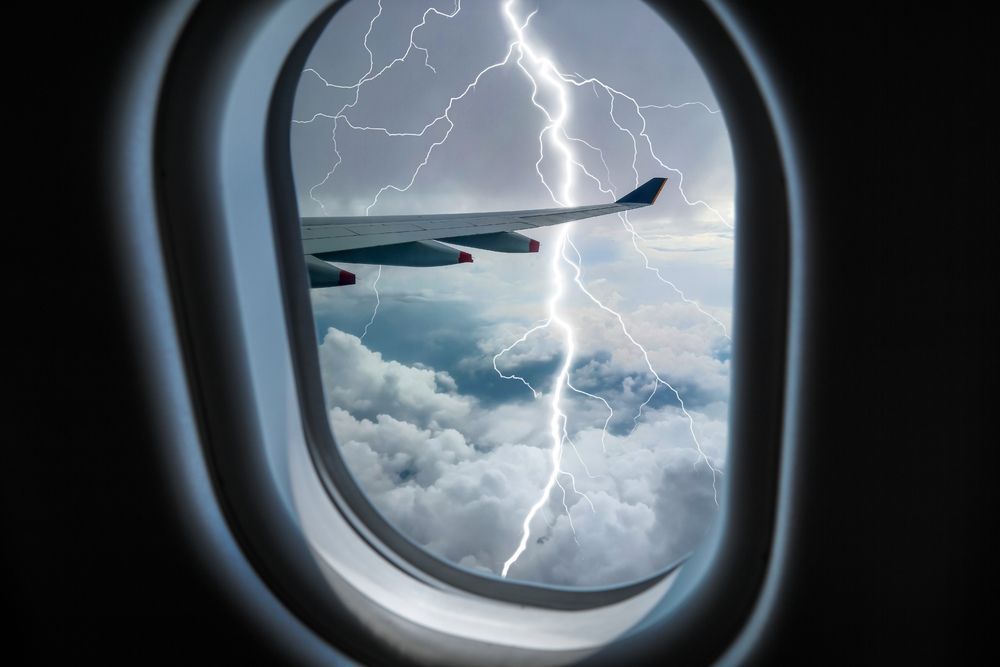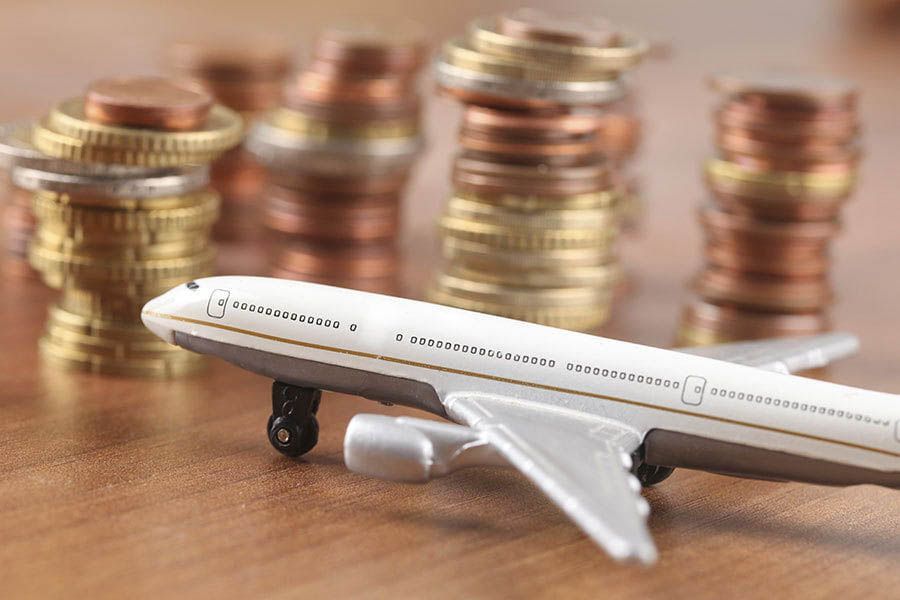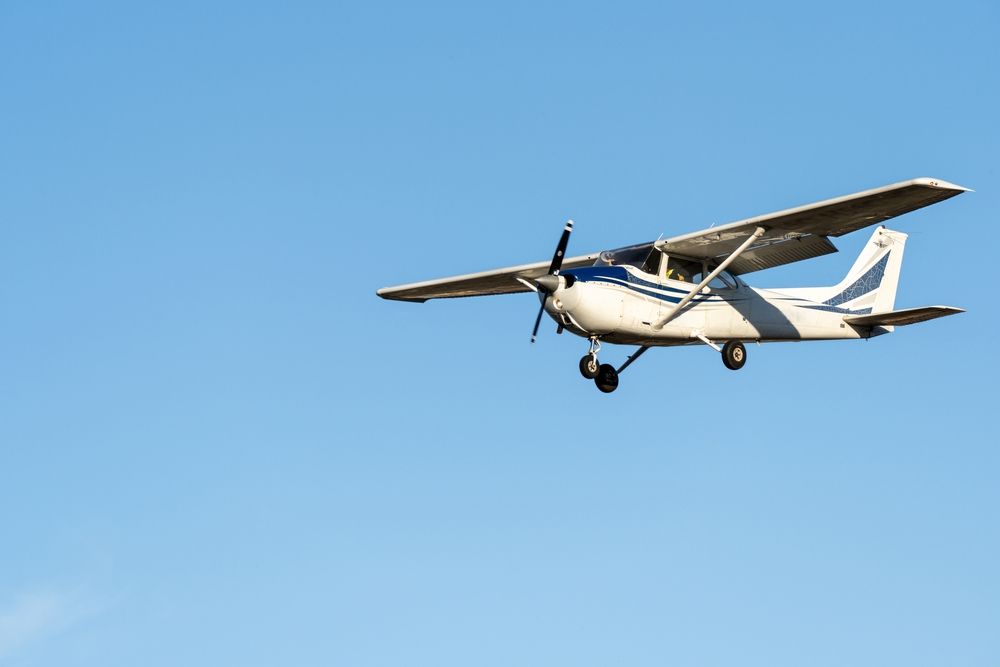
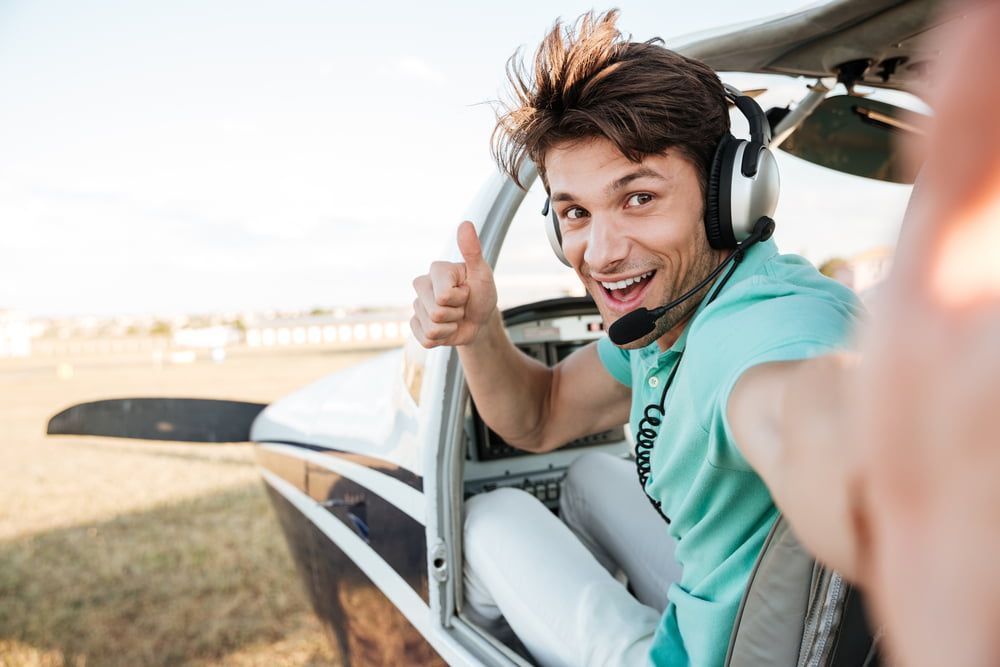
In recent years, many individuals have sought after the legendary idea of taking an aircraft to a vacation, business meeting, or family reunion. For many, taking friends and family for a ride in the sky sounds like a dream, and a Private Pilot License (PPL) is the first step to making this dream a reality.
Through hard work, training, and dedication, anyone who meets the eligibility requirements can fly, and this blog is a great place to get started. In the following content, we discuss how to become a private pilot, from eligibility to getting your license.
Private Pilot License: Who is it For?
Before considering technical requirements, let’s take a look at who a private pilot license is for.
The private flying certificate is best for those who wish to fly for pleasure, as a hobby, or for transportation convenience. However, the private license does not allow you to fly for hire as a professional pilot – though pursuing a career as an airline pilot begins with a private license.
Do I Qualify for the Private Pilot License?
Before applying for a private pilot license program, consider a few qualifications. To begin a private piloting program, you must:
- be at least 17 years old,
- be able to read, speak, and comprehend the English language,
- be able to complete flight training requirements, and
- be able to pass a knowledge exam.
Additional details regarding qualification requirements can be found on the Federal Aviation Administration website.
What Do I Do Next?
If you meet the private pilot applicant qualifications, you need to get a student pilot certificate and a third-class medical certificate.
Passing an aviation medical exam allows you to fly an aircraft solo. Passing the exam allows you to obtain your medical certificate. Often, students will receive their student pilot and medical certificates at the same time.
One careers resource lists two additional options for receiving a student pilot certificate, apart from the medical certificate:
“ The second option is to go to an FAA Flight Standards District Office (FSDO) and submit an application for a student pilot certificate by itself. Lastly (and much less commonly), a person can submit an application for a student pilot certificate to an FAA examiner. “
Choose a Private Flight Training Program
Once you have obtained your student pilot certificate and third-class medical certificate, you can choose a private flight training school !
Training programs will differ on location, pricing, offered resources, and number of flight hours required. However, most schools will follow a similar training structure to prepare you to understand your plane, fly safely in numerous situations, and pass final exams.
We’ve briefly outlined 10 steps you expect from the J.A. Flight School private certificate program. The first five steps are categorized as “Stage 1” training, the next four are “Stage 2,” and step 10 is alone in “Stage 3.”
- Learning Your Airplane : Understand the most basic components of your aircraft, including how it flies and how the internal systems function.
- Improving Control : Learn how to control your aircraft in variable situations, including the airport environment.
- Takeoff and Landings: Understand takeoffs and landings in normal and emergent scenarios.
- Preparing for Solo Flight: Learn how to properly use your flight display and handle the unexpected.
- First Solo : The last step of Stage 1 involves your first solo flight and a progress check.
- Getting Ready for Cross-Country Flying: Learn advanced takeoff and landing techniques and reading weather reports; practice solo flights.
- Flying Cross-Country : Practice cross-country flight skills, including understanding basic navigation procedures.
- Flying at Night : Take solo flight to the next level, understanding how to fly at night and how to fly cross-country at night.
- Advancing Your Skills: Practice longer solo cross-country flights.
- Final Preparation for Your Practical Test: Finally, complete a mock FAA Practical Test to prepare to pass the exam and earn your certificate.
What Flight Exams Do I Have to Pass?
After you have completed your flight training program, including 40-65 flight hours (depending on your chosen school), you will be required to take two exams.
The FAA Written Exam
Depending on your piloting school, the written exam may be required before completing flight hours. Other schools allow for study while earning flight training hours.
The FAA written exam:
- Has 60 multiple-choice questions
- Is valid for two years
- Is two and a half hours long
- Must be passed with a score of 70% or greater
The FAA Practical Exam
The FAA practical exam is the final hurdle in the journey of earning your private pilot certificate and requires a good deal of experience and preparation. At J.A. Flight, we spend the last leg of training in in-depth preparation for the practical.
The FAA practical exam:
- Lasts from two to six hours
- Includes a verbal test (usually completed first) and a flight test
- Must be conducted by a Designated Pilot Examiner or FAA inspector
During the process of passing, you will receive a temporary certificate. Once you have officially been approved for the license, you will be awarded a permanent private pilot certificate. You made it! All your persistence, dedication, and hard work has paid off!
How Much Does a Private Pilot License Cost?
Flight training is often based on a number of required hours. Most Private Pilot License programs require a minimum of 65 training course; at J.A. Flight, our PPL requires 40. Our program costs $12,358, including flight, ground, and training materials. The average cost of licensure sits between $13,000 and $15,000, depending on your school of choice.
J.A. Flight Training: Renowned PPL School
Passionate about flight? Looking to get your Private Pilot License at a trusted school?
At J.A. Flight Training, we provide professional training to meet FAA standards, done one-on-one with an instructor. All of our programs are tailored to meet your needs and schedule, and we would love to get in touch with you about our options.
To learn more about how we can serve you, give us a call at 630.549.2152 or request more information about our programs!
